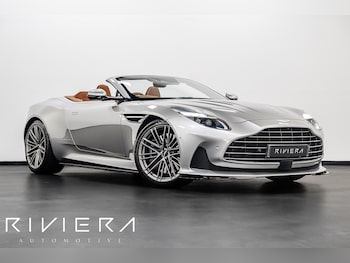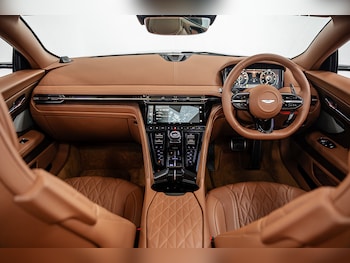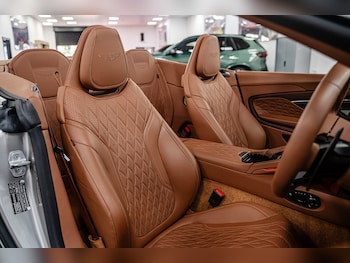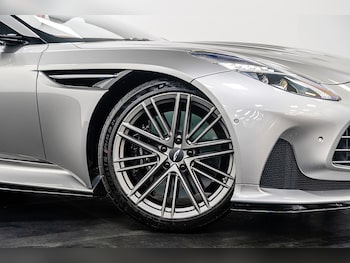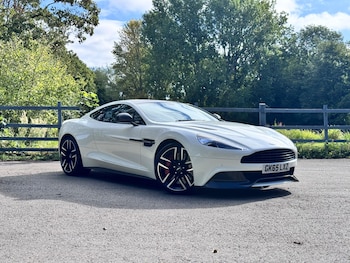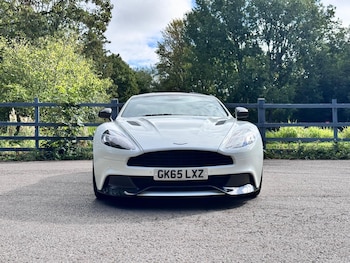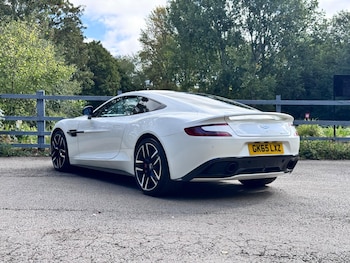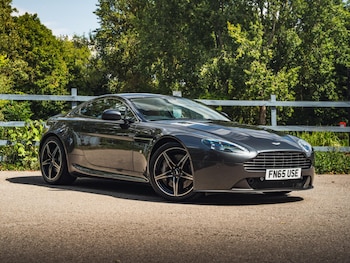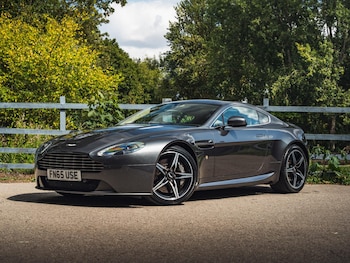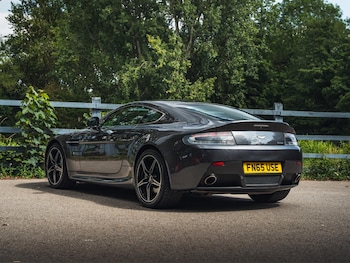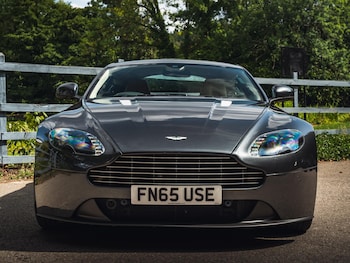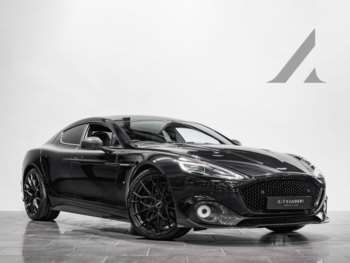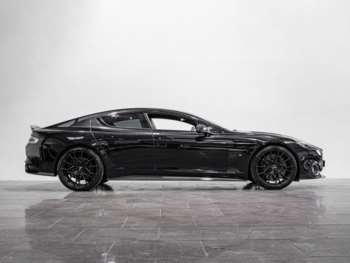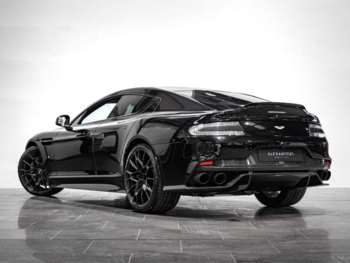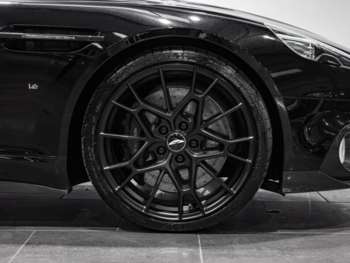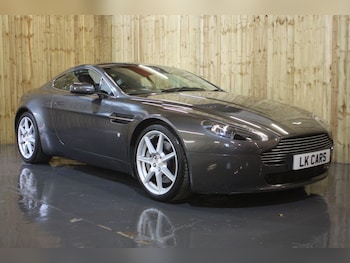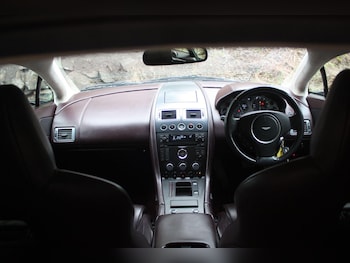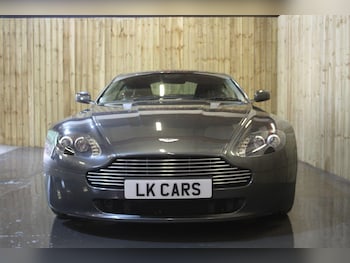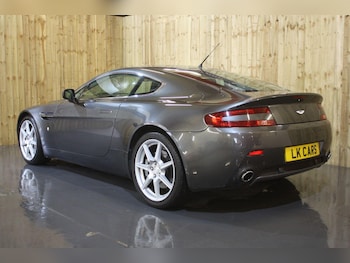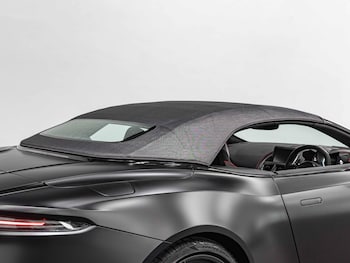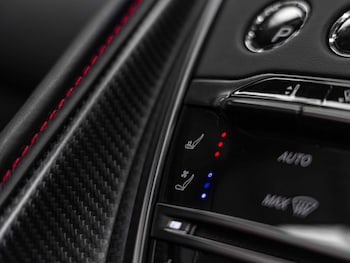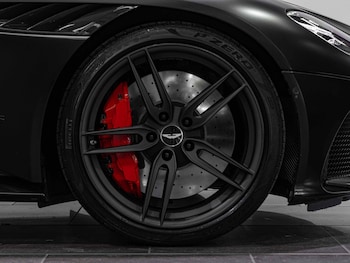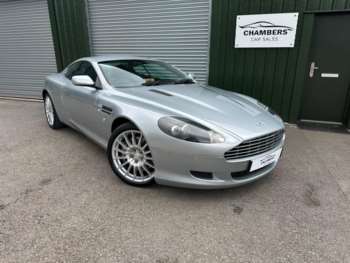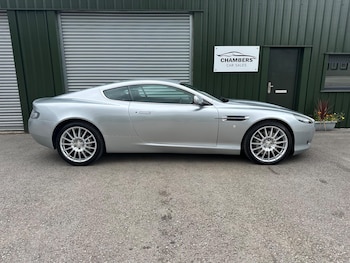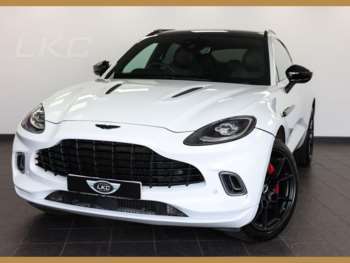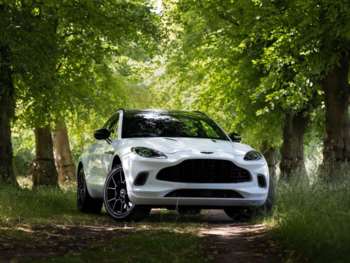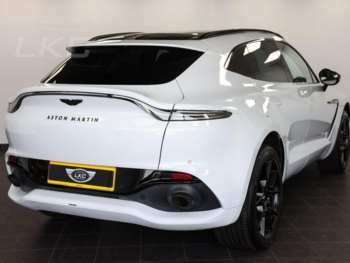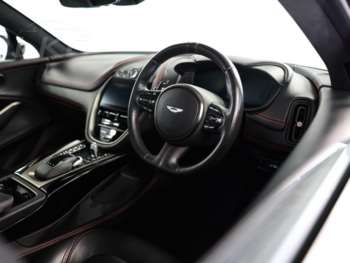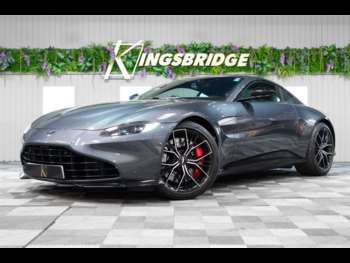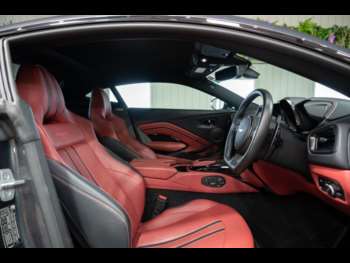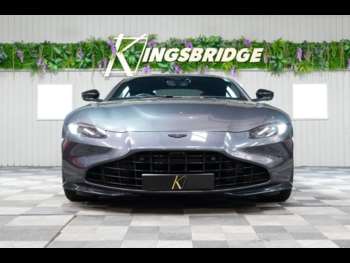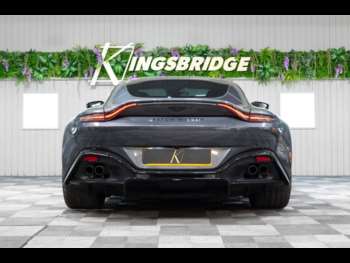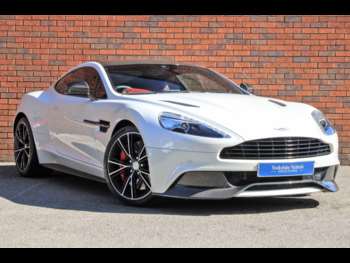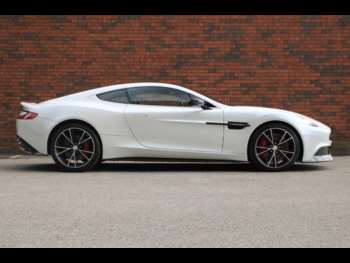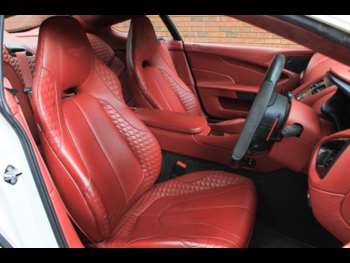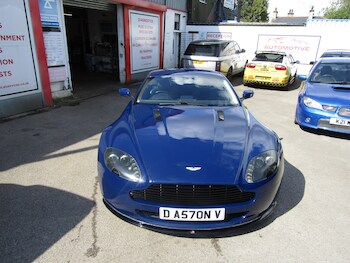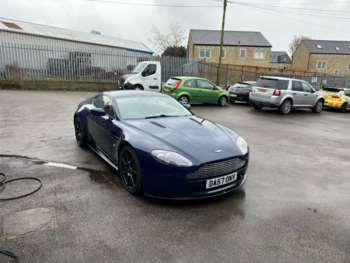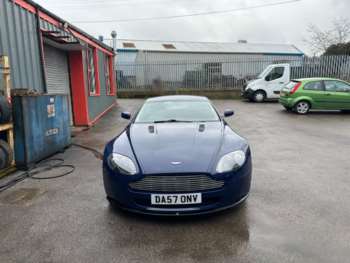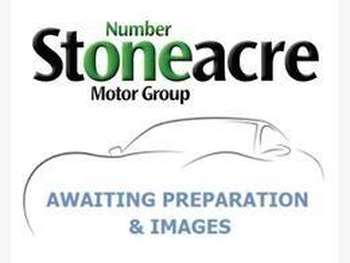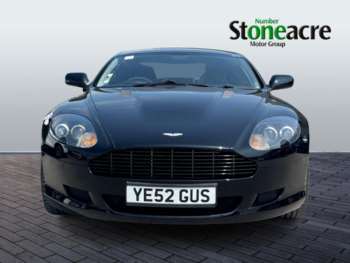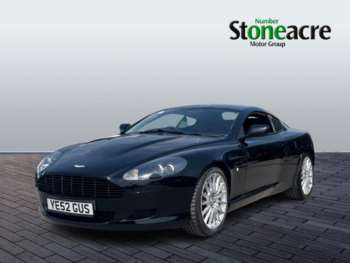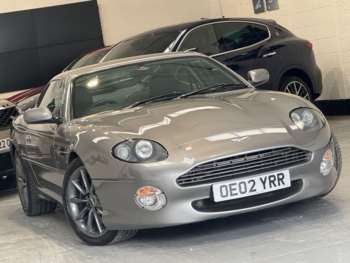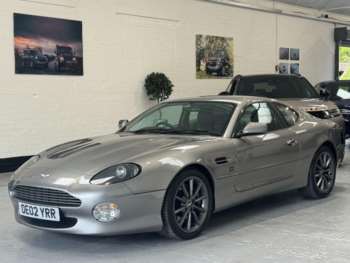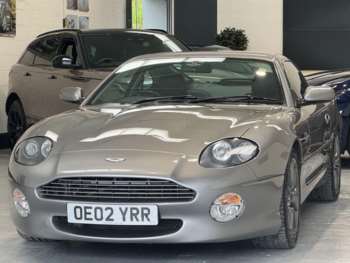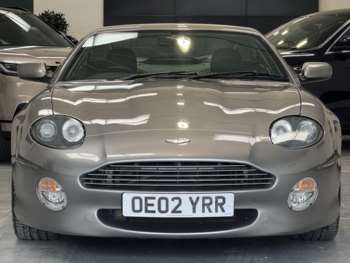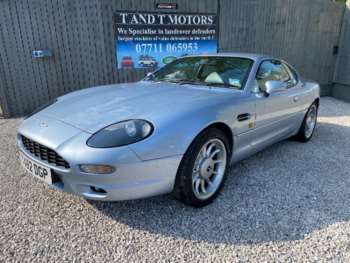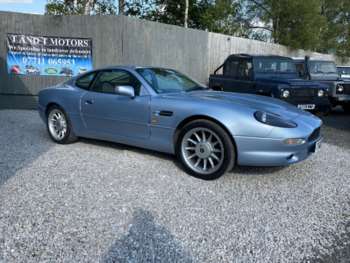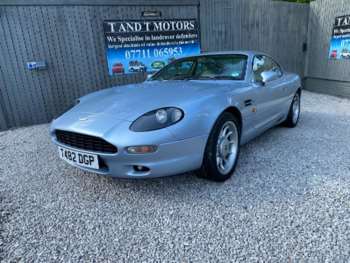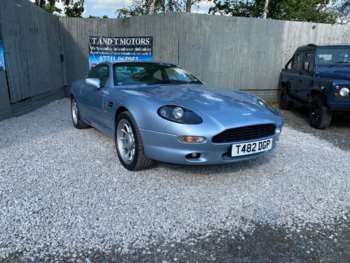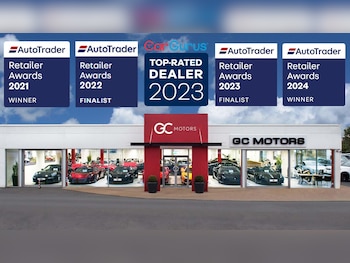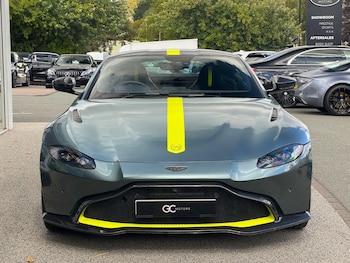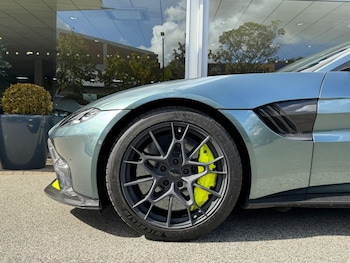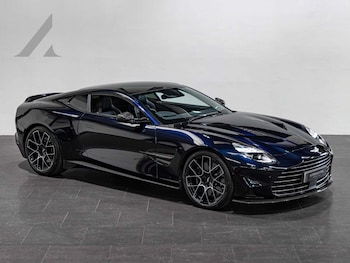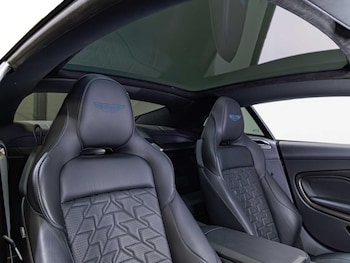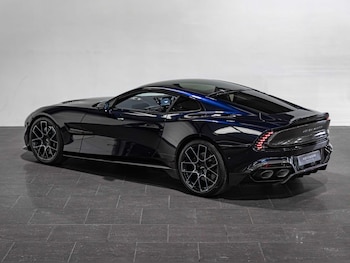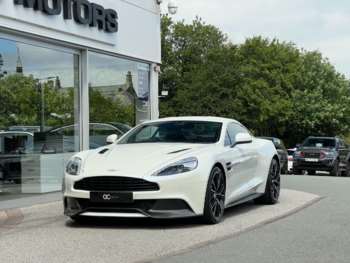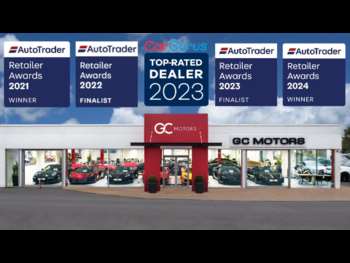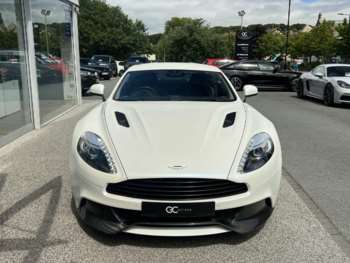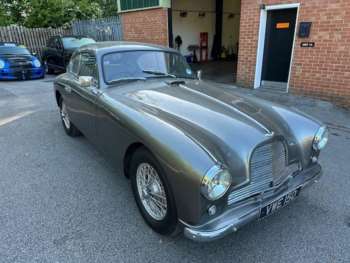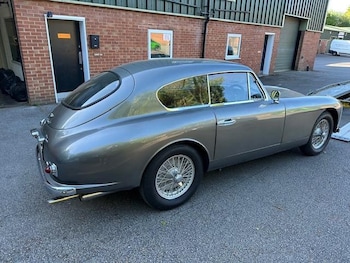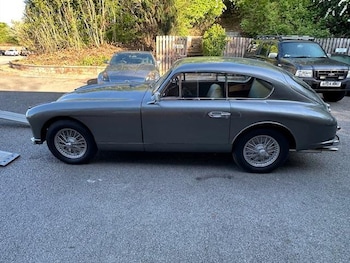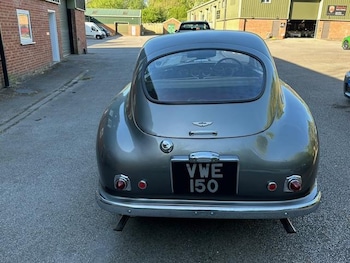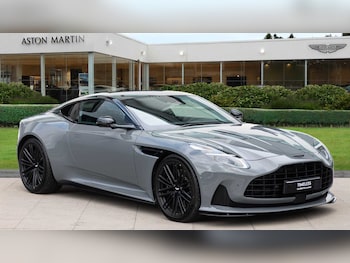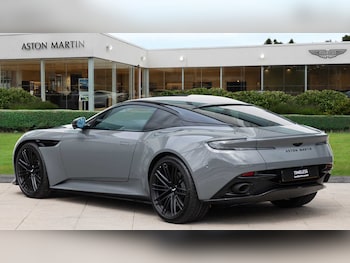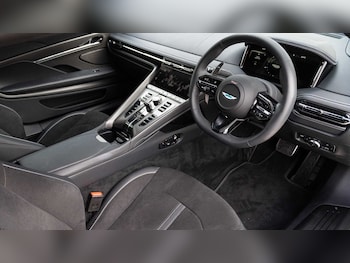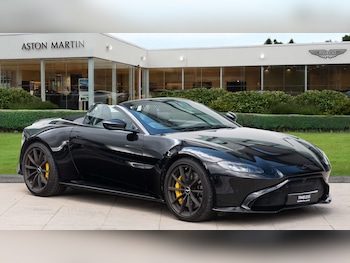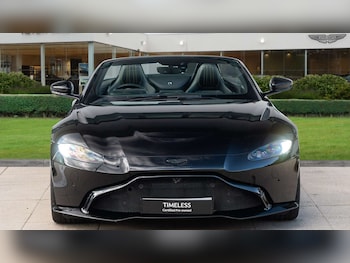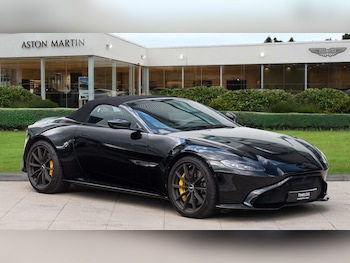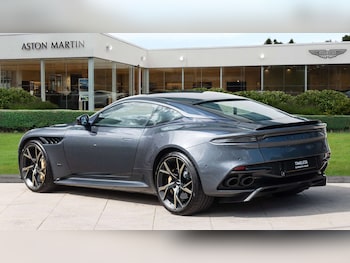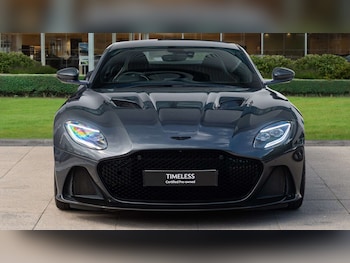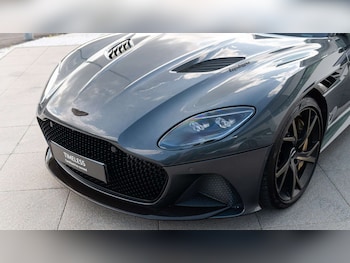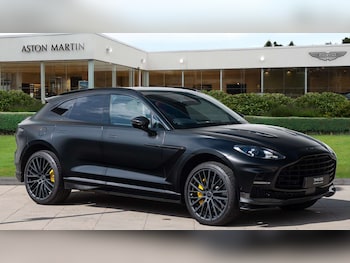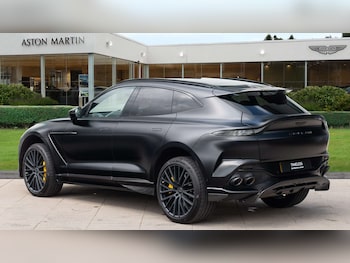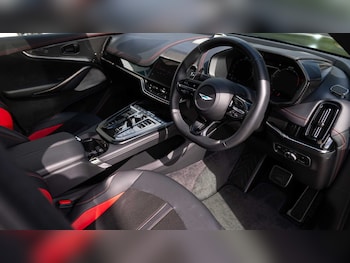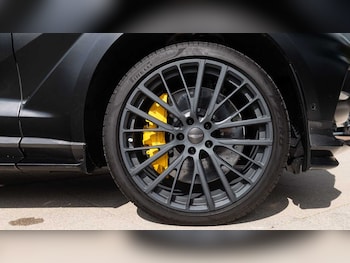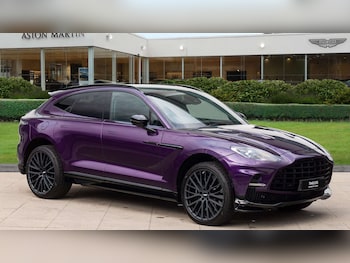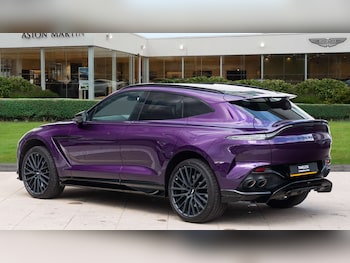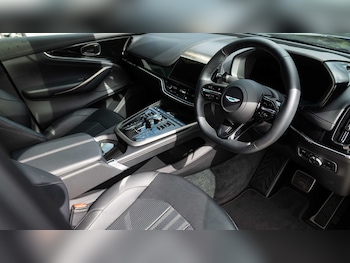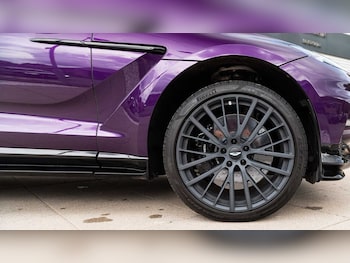Used Aston Martin cars buying guide
Aston Martin is one of the best-known luxury car brands in the world, with a name that’s steeped in history – and closely linked to a certain special agent.
Although it’s known for its sporty models, the current range of cars also includes an SUV.
Which used Aston Martin cars are for sale?
The range of Aston Martin cars includes sports cars, convertibles, a four-door saloon and an SUV.
Some of its cars – the Valour, Valhalla and Valkyrie – are unlikely to appear in a search for a used car, but several other models are surprisingly affordable. They’re also surprisingly practical, especially if you choose the Rapide S four-door saloon (2010-2019) or the DBX SUV, which has been on sale since 2020.
The Vantage is Aston Martin’s ‘entry-level’ sports car. The current version arrived in 2018, replacing the older model (2005-2018). The DB11 (2016-2023) and current DB12 are the next level up and available in both coupe and convertible (Volante) forms. Finally, the DBS is Aston Martin’s quickest and most powerful core model.
Are there any hybrid or electric Aston Martin models?
Beyond the realm of limited-edition cars, Aston Martin doesn’t offer any hybrid or electric models. The Valhalla (estimated to cost around £650,000) will arrive in 2024 as Aston Martin’s first hybrid car. The company has hinted that plug-in hybrid versions of the Vantage, DB12 and DBS will follow in 2026.
What are the most popular Aston Martin models?
Aston Martin Vantage
The previous Vantage (2005-2018) was Aston Martin’s most successful model and available with V8 and V12 engines, along with a choice of coupe or convertible (Volante). The current Vantage arrived in 2018, with power coming from a 4.0-litre V8.
Aston Martin DB11
Introduced in 2016, the Aston Martin DB11 is what’s known as a GT, or Grand Tourer. In other words, it’s for crossing continents quickly but in supreme comfort. You have a choice of V8 or V12 engines, along with the option of coupe or convertible (Volante).
Aston Martin DBS
The Aston Martin DBS takes everything that’s great about the DB11 and adds more style, performance and exclusivity. There are two choices, coupe or convertible (Volante), with the convertible being the best option if you want to listen to the sound of the V12 engine.
Aston Martin DBX
The Aston Martin DBX is a large and very luxurious SUV. It’s powered by a 4.0-litre twin-turbo petrol engine, which delivers enough power to make it one of the fastest SUVs in the world.
Which Aston Martin models are SUVs?
The DBX is currently the only Aston Martin SUV you can buy. It was introduced in 2020 as a rival to luxury SUVs such as the Bentley Bentayga, Lamborghini Urus and Rolls-Royce Cullinan, and is made at a new factory in South Wales.
It’s as quick as one of Aston Martin’s powerful sports cars, with the bonus of being able to carry not only four adults in comfort but also the dog (or dogs).
